A decade is long. Even longer in the tech world, where things change in an instant. Arguably, the biggest change this decade brought was the pervasiveness of social media. And not even the most secretive company in tech could stay away. Apple’s social media strategy though, as expected, is different.
But let’s rewind for a bit. Remember 2010? The year of the BP Deepwater Horizon Oil Spill that left the O&G and fishing industries reeling. The year of vuvuzelas at the FIFA World Cup in South Africa, that made ESPN put a noise filter in its telecasts. And the year of flinging birds to destroy pig castles, in Angry Birds.
For tech nerds everywhere, it was also the year when the public got a glimpse of an Apple product before its official release. Turns out that an engineer celebrating his birthday, german beer, and a disguised iPhone 4 don’t mix!
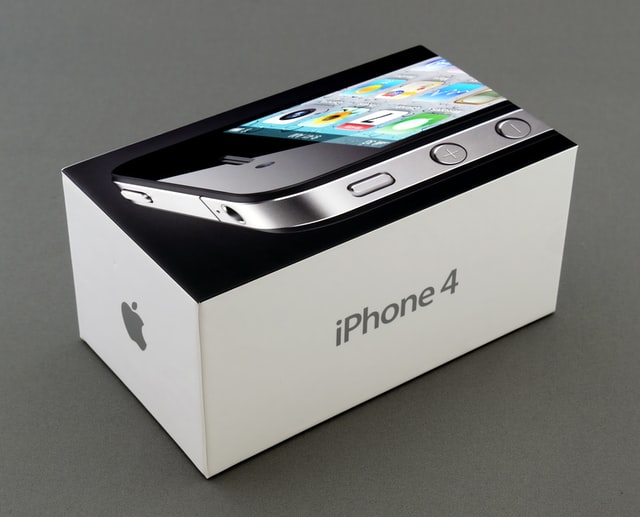
If you know anything about Apple, you know that this was a huge deal. When it came to products under development, Apple’s security was airtight. Products were hidden behind armored doors, coded locks, and even bolted to desks. Above all, there was the Apple secret police, a team of people that made sure not even a single detail was leaked. Because Apple didn’t like losing control – of the marketing and the news cycle.
Is Apple Changing?
A decade later, things are changing. The silent corporation with secretive product development and surprise releases is very much gone. More and more, Apple wants to connect with its users and get the word out. The best way to do that would be through social media, right?
Go to Facebook, Twitter, Instagram, YouTube, LinkedIn, and you will find every brand page churning out content at a mind-boggling pace. Google has tweeted 123k times, whereas Sony has tweeted 30.5k times. But Apple’s social media sticks out like a sore thumb.
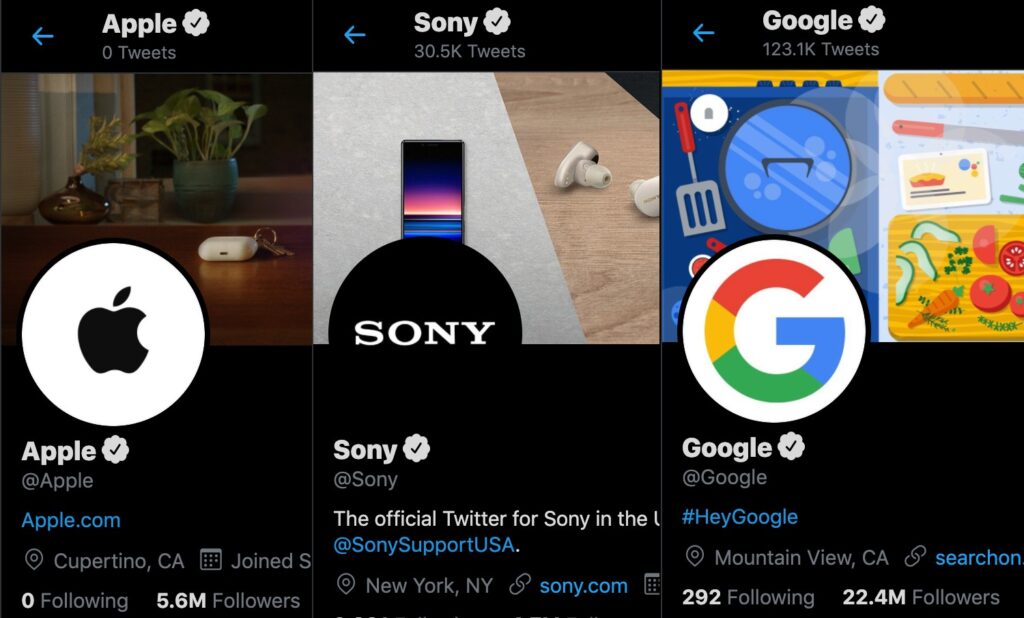
Apple’s Facebook and Twitter pages have 13 million and 5.6 million followers respectively. No surprises here. But, notice how much content they have put forth. Zero tweets. On Facebook, all posts are just changes to the cover photo. Check LinkedIn, and we find a similar story – 13 million followers, zero posts.
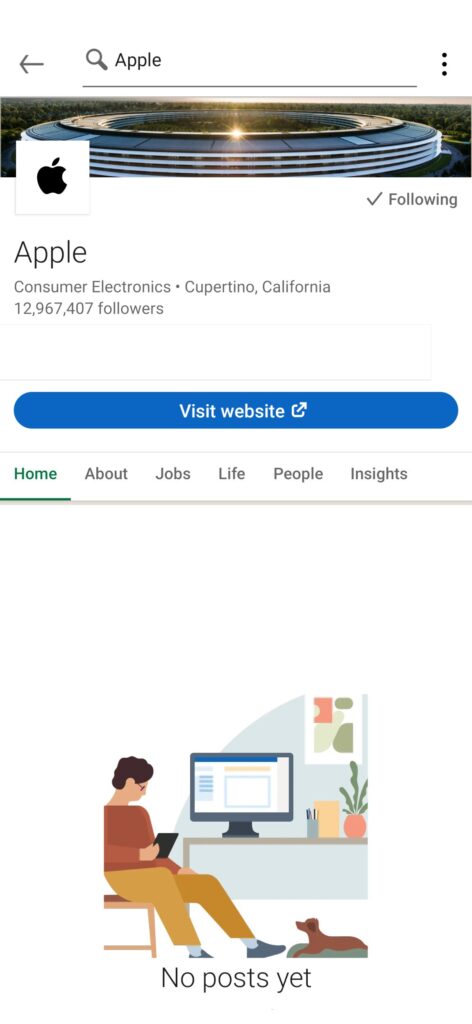
Is it just because Apple can afford to do this? Or did it miss the boat? Of course not! Apple has a clearly planned out social media strategy that ties back to how the company has always operated. Let’s take a look at the layers of Apple’s social media strategy.
A Controlled Experience – Layer 1 of Apple’s Social Media Strategy
Apple’s philosophy has always been one of end-to-end control. Steve Jobs famously insisted that the computers be closed systems, not allowing user modifications or upgrades. While absolutely antithetical to the general PC approach, it gave Apple computers an amazing user experience. Flash forward to today. The recent replacement of Intel chips with the M1 chip in Macbooks is another step towards the closed ecosystem of hardware and software that Apple preaches.
The same closed approach bleeds into Apple’s use of social media. Social media is invaluable, but an often cacophonic place. Anyone and everyone can voice their opinion at the click of a button. And that is expressly what Apple wants to avoid. Apple does not want conversations to devolve into echo chambers on its social media pages.

This is not to be confused with censorship or avoidance of criticism though. Apple knows that it is a very polarising company, and to try and avoid negative impressions in any way it sees fit is both reasonable and judicious.
But trying to have end-to-end control on social media is not just about avoiding criticism. It is also about providing the best experience to the user and using social media as a tool rather than just a marketing avenue.
User Service Through Social Media – Layer 2 of Apple’s Social Media Strategy
Perform a search for the keyword Apple on any of the social media websites, and you’ll find that Apple has created multiple accounts centered around each product/service that it offers. Apple Support, Apple Music, Apple News, Apple Books, Apple Education – the list goes on.
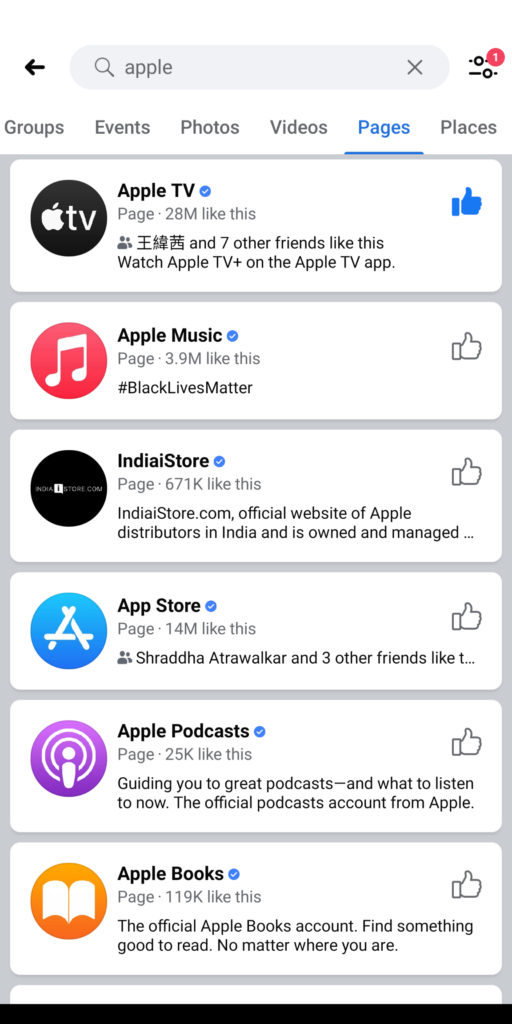
These multiple spin-off accounts each serve a narrow well-defined purpose. Want help in using an Apple product? Contact Apple Support. Need updates on whether the latest Taylor Swift album is available for streaming? Apple Music account is there for you. Apple, instead of using social media as just a marketing channel, is using social media as a tool to take the user experience further. It wants to connect better with the users, but on its own terms and with a specific purpose.
Even on websites where Apple does not seem to follow this social media strategy, look closely and you’ll find the similarities. On Instagram, Apple’s page exclusively posts #ShotoniPhone pictures, curated to project the powerful camera tech of the iPhone. Similarly, Apple’s YouTube channel only posts ads and keynotes, while disabling comments. Clarity of purpose and focus define this layer of Apple’s social media strategy.
There’s one more benefit of having spin-off accounts about each service – division. If there’s a problem with Apple Books and a lot of people are talking about it, someone just following Apple TV is unlikely to notice. This point ties in with the first layer of control discussed above – the user is protected from unwanted noise.
But the question that arises now is – why have these silent accounts at all?
Capitalizing on Strengths – Layer 3 of Apple’s Social Media Strategy
The answer to the above question goes back to Apple’s core marketing strengths – creating hype and utilizing word of mouth marketing.
Right from its iconic 1984 ad to the current era, Apple has relied successfully on word of mouth marketing. At any time, there are hundreds of thousands of people talking about the brand online, through Facebook or Instagram posts, tweets, blogs, and what have you. A point of reference is needed for these conversations, something for them to converge around. And these silent social media accounts serve as the convergence.
As more people tag the same accounts, more people start noticing it. And then more people talk about it. Having these points of reference generates a cycle that feeds into the hype that is the Apple brand.
A great example of this is the custom ‘like’ that Twitter recently created. The like button swirled into a colorful heart when someone liked a tweet with #AppleEvent. It became wildly popular, with users liking and re-liking tweets, and creating memes and jokes, with Apple raking in all the hype that had been created with this move.
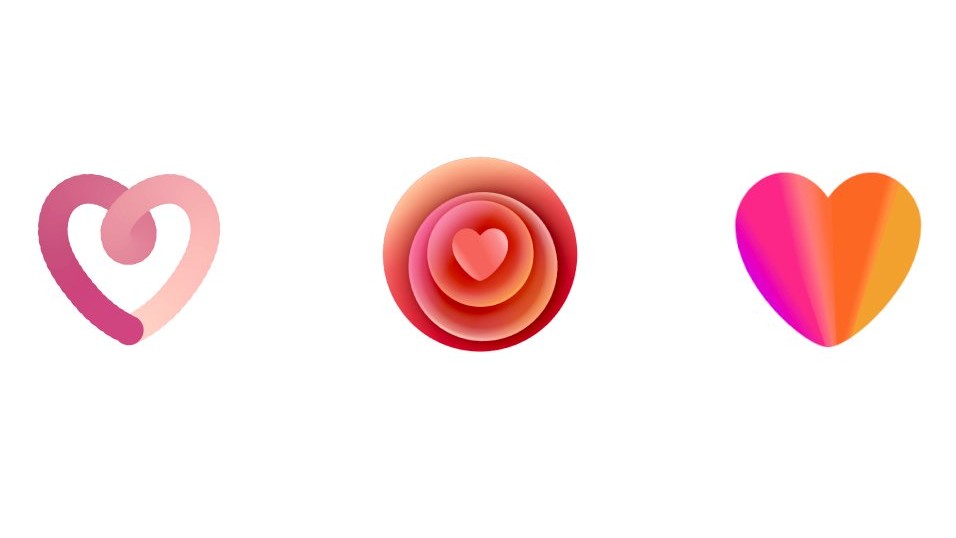
Apple has also started releasing products to influencers to get people talking about them. For example, when the iPhone X was released in 2018, the first people allowed to talk about it were YouTubers, even before traditional media outlets. Contrast this with the iPhone 4 incident mentioned above, and you’ll realize how much Apple has changed. Of course, on getting these freebies, most influencers say positive things about the products, helping feed into that famous word of mouth marketing.
How Apple Changed, and How Apple Stayed the Same
With people buying more and more things online, Apple does not have the advantage of meticulously planned out retail experiences anymore. Further, people are buying tech less frequently, so Apple can no more afford to sit back and let its brand bring in customers. These factors forced Apple to come out of the secretive shadows and connect directly with the user. And that needed to be done where the users are – Facebook, Instagram, Twitter, LinkedIn, YouTube, and other social media websites.
Apple didn’t miss the boat when it comes to social media. Instead, Apple carefully planned out a strategy that harks back to its core values of providing the best service to the user through end-to-end control of the experience, generating word of mouth marketing simultaneously.
Conventional social media wisdom says that this should not work. But Apple can afford to not only get away with pursuing this very unusual strategy, it has perfected it to great success. That’s because when your brand is that iconic, (strategic) silence is golden.
Interested in reading more Marketing Strategy Stories? Check out our collection.
-AMAZONPOLLY-ONLYWORDS-START-
Also, check out our most loved stories below

Why did Michelin, a tire company, decide to rate restaurants?
Is ‘Michelin Star’ by the same Michelin that sells tires, yes, it is! But Why? How a tire company evaluations became most coveted in the culinary industry?

Johnnie Walker – The legend that keeps walking!
Johnnie Walker is a 200 years old brand but it is still going strong with its marketing strategies and bold attitude to challenge the conventional norms.

Starbucks prices products on value not cost. Why?
In value-based pricing, products are price based on the perceived value instead of cost. Starbucks has mastered the art of value-based pricing. How?

Nike doesn’t sell shoes. It sells an idea!!
Nike has built one of the most powerful brands in the world through its benefit based marketing strategy. What is this strategy and how Nike has used it?

Domino’s is not a pizza delivery company. What is it then?
How one step towards digital transformation completely changed the brand perception of Domino’s from a pizza delivery company to a technology company?

BlackRock, the story of the world’s largest shadow bank
BlackRock has $7.9 trillion worth of Asset Under Management which is equal to 91 sovereign wealth funds managed. What made it unknown but a massive banker?

Why does Tesla’s Zero Dollar Budget Marketing Strategy work?
Touted as the most valuable car company in the world, Tesla firmly sticks to its zero dollar marketing. Then what is Tesla’s marketing strategy?

The Nokia Saga – Rise, Fall and Return
Nokia is a perfect case study of a business that once invincible but failed to maintain leadership as it did not innovate as fast as its competitors did!

Yahoo! The story of strategic mistakes
Yahoo’s story or case study is full of strategic mistakes. From wrong to missed acquisitions, wrong CEOs, the list is endless. No matter how great the product was!!

How to sell $380K bags: The Hermès Marketing Strategy Explained
Hermès has created a €36B empire and has customers spending sleepless nights to buy the products with its innovative marketing strategy. How?
-AMAZONPOLLY-ONLYWORDS-END-

















